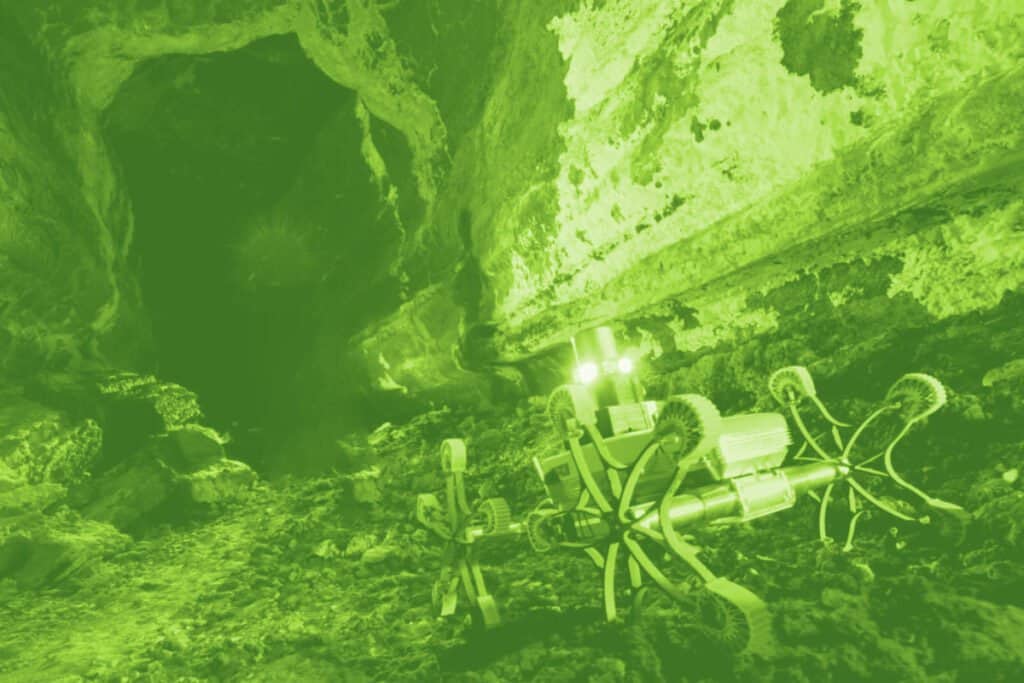Le space missions they always give us the impression that the future is now: rovers (and helicopters) exploring Mars, probes returning to Earth with asteroid samples, a new space telescope. What else does the space race prepare for us? What might we see in the coming decades?
A small NASA study program aims to see what might be possible. Is called Innovative Advanced Concepts (NIAC), and funds early-stage research into futuristic and visionary technology concepts. The goal is to find out what might work, what might not work, and what exciting new ideas researchers might come up with along the way.
During the annual NIAC symposium (held a couple of weeks ago) the researchers presented some visionary concepts that could someday turn the tide of space missions. Here are four really intriguing ones.
For more information on NIAC, please visit www.nasa.gov/niac .
Micro swimming robot for ocean worlds.

Oceanic worlds, where liquid oceans lie beneath kilometers of icy crust, are the most likely places to find life in our solar system. Accessing and exploring these aquatic environments, however, presents unique challenges. Ethan Schaler, a mechanical robotics engineer at NASA's Jet Propulsion Laboratory, has a promising idea for exploration: using very small robots. How small? I'm talking about robots a few centimeters large, 3D printed and equipped with sensors and actuators. A spacecraft capable of drilling through ice and deploying these “swarms” of micro-robots could then control them using ultrasound to collect data.
Crawling robots with long legs for the Martian caves.

While visionary “swimming” robots might be ideal for some destinations, others require something with a firmer grip. Mark Pavone, associate professor at Stanford University, is developing a potential solution. His concept ReachBot it could crawl quickly through caves, using long extendable “legs” to grasp objects even from a distance, or simply cling and proceed in difficult environments. For example, vertical rock walls, or the rocky and irregular bottom of the caves of volcanic origin on Mars.
Lightweight deployable structures that expand into space.

Lifting off an extra-large spacecraft from Earth takes a lot of planning. Rockets being what they are, it's not easy to carry who knows what around. Sure, multiple launches and assembly in space have proven successful in the past, but there may be another way. Assistant professor at Carnegie Mellon University Zachary Manchester is considering integrating recent advances in mechanical metamaterials into a lightweight design for “foldable” structures to open up in space. Such a structure could be launched inside a single rocket and then autonomously deploy to an eventual size up to 10 football fields long.
Sowing asteroids with mushrooms to create space terrain.

If you want space habitat concepts, I have half a dozen to show you. But all the projects have a critical point in common: how will space travelers keep themselves on long journeys? Jane Shevtsova proposes the creation of fertile ground from asteroid dust. I summarize: proposes to disseminate asteroids with mushrooms. Because? The fungi would physically break down the material and chemically degrade any toxic substances. We also do this on Earth: oyster mushrooms, for example, clean up oil-contaminated soil. NIAC research aims to find a way for future space habitats to have large green spaces and robust agricultural systems.
NASA selects NIAC proposals through a peer review process that evaluates innovation and technical feasibility. I did nothing but call them "visionaries", but certainly not because they are crazy projects.


